As a former product designer, I love coming up with creative ideas for how readers might interact with a book. I talked about Writing Interactive Picture Books in a previous post, but today I’m going to talk about novelty books, with a peek at the process behind AlphaBot, my mix-and-match robotics book with MIT Kids Press.
What is a novelty book?
Novelty books are books with special physical features that set them apart from other books. These features might be flaps or die-cuts (when it’s cut into a special shape) or fur or pop-ups or whatever you might think of!
Here are some examples of novelty books:
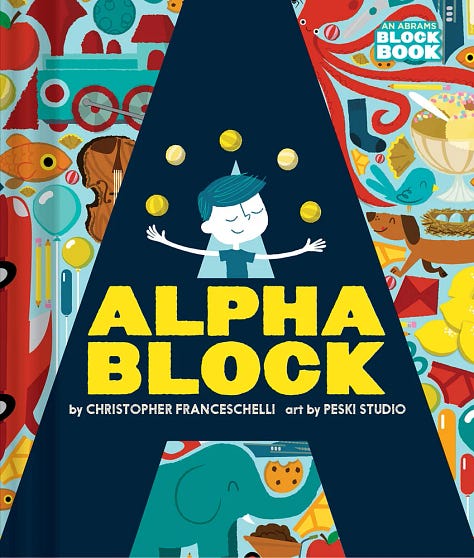


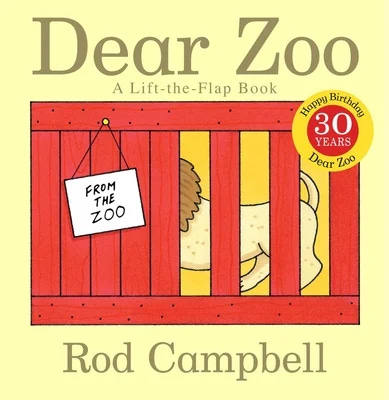

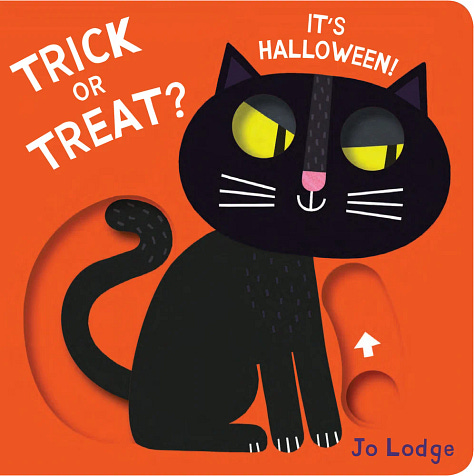
AlphaBlock by Christopher Franceschelli, art by Peski Studio
Little Dino Boo-Boos by Sophie Aggett, art by Jannie Ho
Make Me a Monster by Mark Rogalski
Dear Zoo by Rod Campbell
Our World by Sue Lowell Gallion, art by Lisk Feng
Trick or Treat? It's Halloween! by Jo Lodge
What makes for a good novelty book idea?
You’ll want the novel element(s) to play into the core idea of your book. For my AlphaBot book, I use mix-and-match flaps to encourage kids to create their own robots from an A-Z of robot parts. The novelty element is core to the idea: you can put the parts together to make your own inventions!
The process behind AlphaBot
AlphaBot was originally inspired by the AlphaBlock books. My kids loved those books, and so I had an idea to create a robotics ABC book—and I sparked on the title AlphaBot! But when I started to think about how I would create an interactive novelty element, I thought about what the heart of my book would be: to inspire kids to be creative with robotics, to invent their own robots. That’s when the mix-and-match idea hit. And then, it was all about puzzling out how to make it work.
Working it Out
I came up with lists of robotic parts from A to Z and tried to figure out how I could group them in 3’s, given 26 letters in the alphabet. If I made 9 spreads, I would have 27 flaps, which meant I’d have one leftover. Nine spreads seemed like a reasonable number for a novelty book (which often fall in the same category as board books.) But what should I do with that extra flap? What letters worked best as robot feet or robot heads? Could I even come up with a good robot part for every letter??
I spent a long time making lists of robot parts. I ended up using the first spot as a call to action, placing A in the second flap (which you’ll see in the dummy and final below.)
When I had a decent pass at the manuscript, it was time to make lots of paper prototypes! If you’re playing with novelty book ideas, you’re definitely going to want to mess around with drawing and scissors and tape.
How do you submit a novelty book idea?
If your novelty interaction is very simple, you may be able to explain in words or sketches. However, since I highly recommend making a paper prototype of your concept, you can make a video and send it along with your submission, which is what I did for AlphaBot. This is the video that I sent out with my manuscript:
Because I wanted to pitch myself as illustrator, I also included a few full color spreads (I think I made a cover and 2 spreads.)
Heart of your Book
Be warned—you will still need a strong story or concept to carry the novelty. For AlphaBot, I bookended the A to Z with calls to action to emphasize my creative invitation to kids: “Mix and match the robot parts.” and “What kind of robot would you build?” (You can see the exact wording in the dummy above and how it changed to the final below.) And when it went to a publisher, my editor asked me to move the call to action only to the front and to add backmatter providing an overarching explanation of robots.
Selling a Novelty Book
As you can imagine, novelty elements are expensive to manufacture! Because novelty books are expensive and more complex to design, you will need to find a publisher that has the capabilities to make them. You can look at who publishes the novelty books you like to see which publishers might be able to do it. Novelty books can also be tricky to get through acquisitions because of the cost. I think AlphaBot went to acquisitions three times before it found its home with MIT Kids Press, where they were able to figure out a construction and price point that worked for them.
The Payoff
Novelty books are fun to make and fun to share with kids! It has been so rewarding to see a wide range of kids enjoy AlphaBot, with younger kids enjoying the mixing and matching and older kids digging further into the robotics parts and concepts. The book even went on to be a finalist for the California Golden Poppy Award in Children’s Nonfiction. Novelty books give you another way to play with the book format to engage the reader.
More Reading
Here are a couple more posts about writing novelty books that you may find useful:
Have fun coming up with ideas, playing, and crafting!





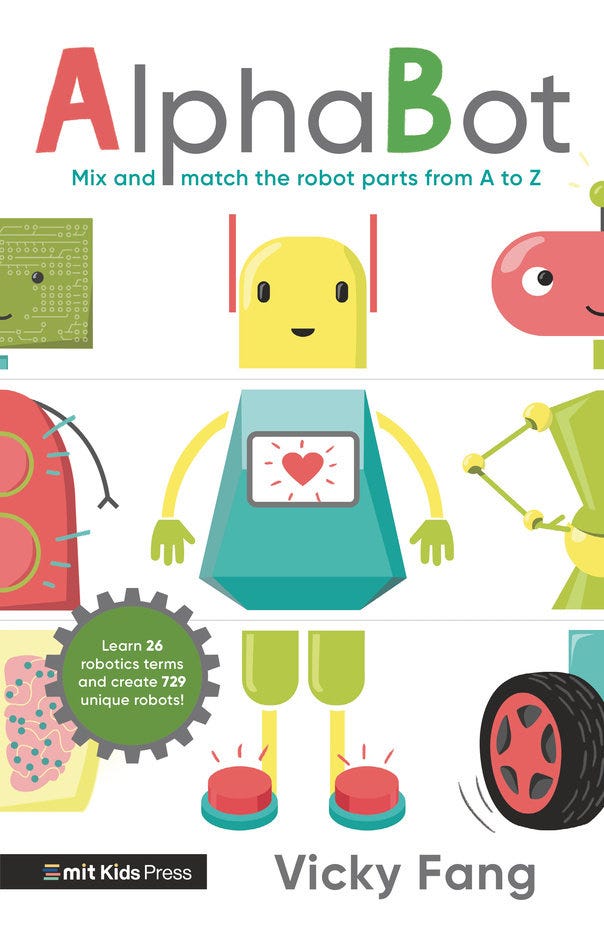
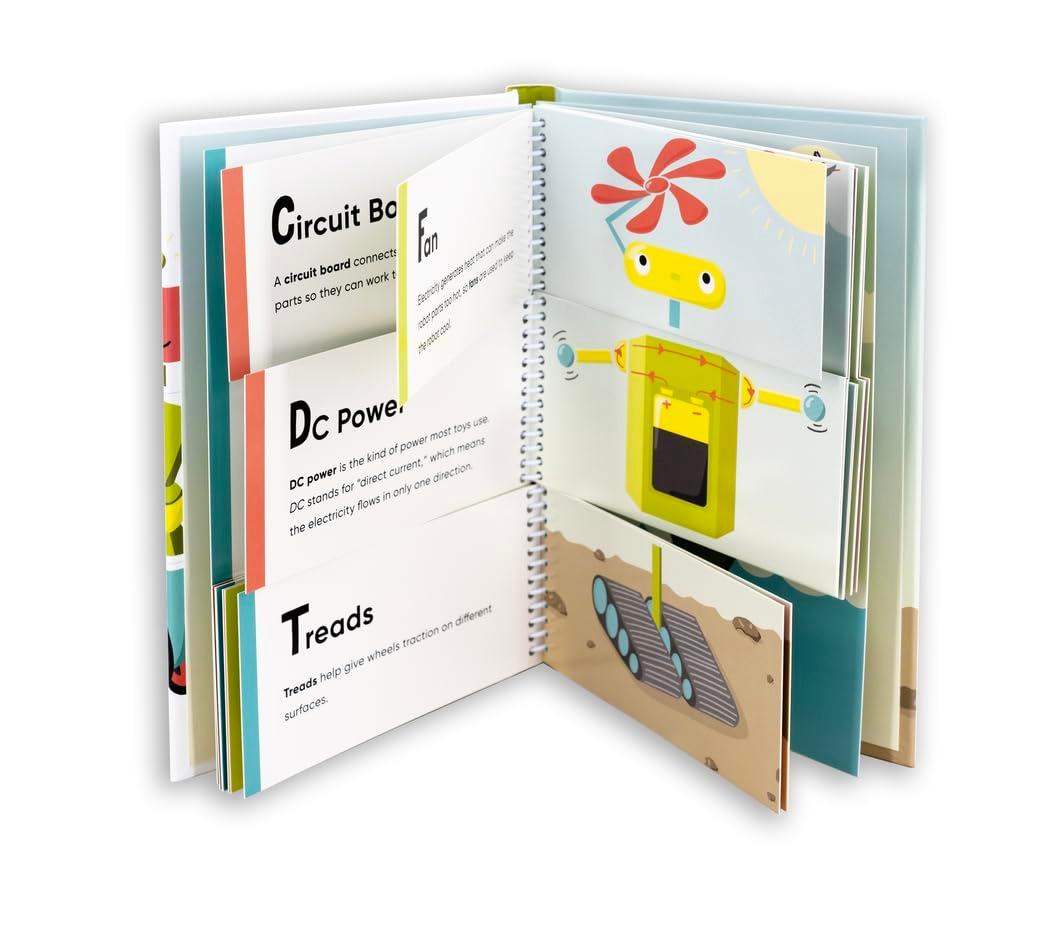
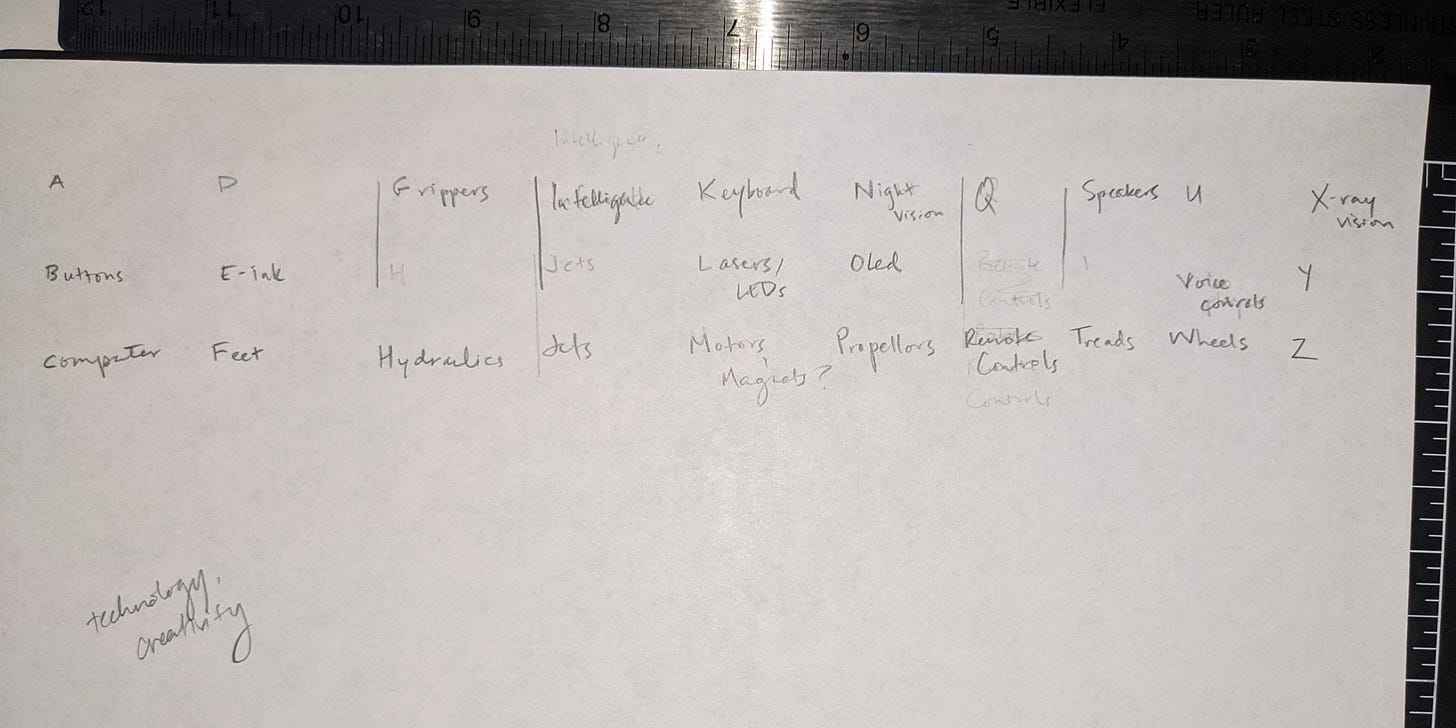
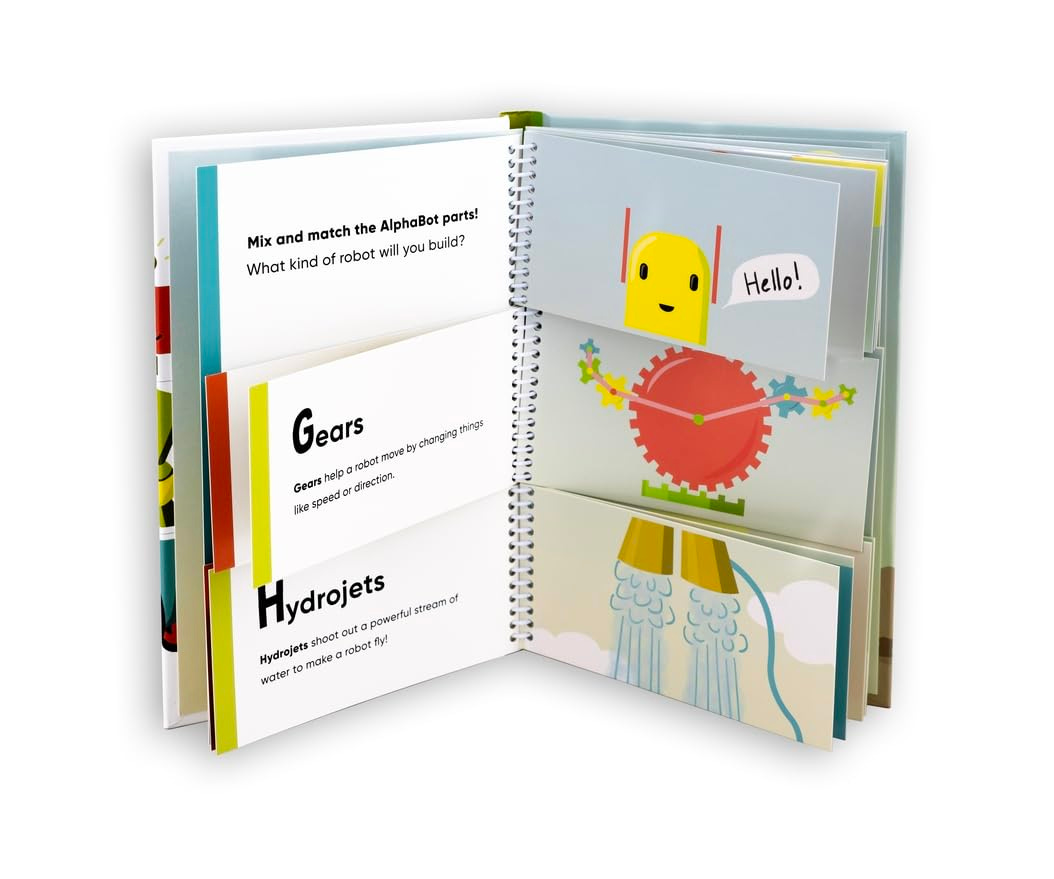
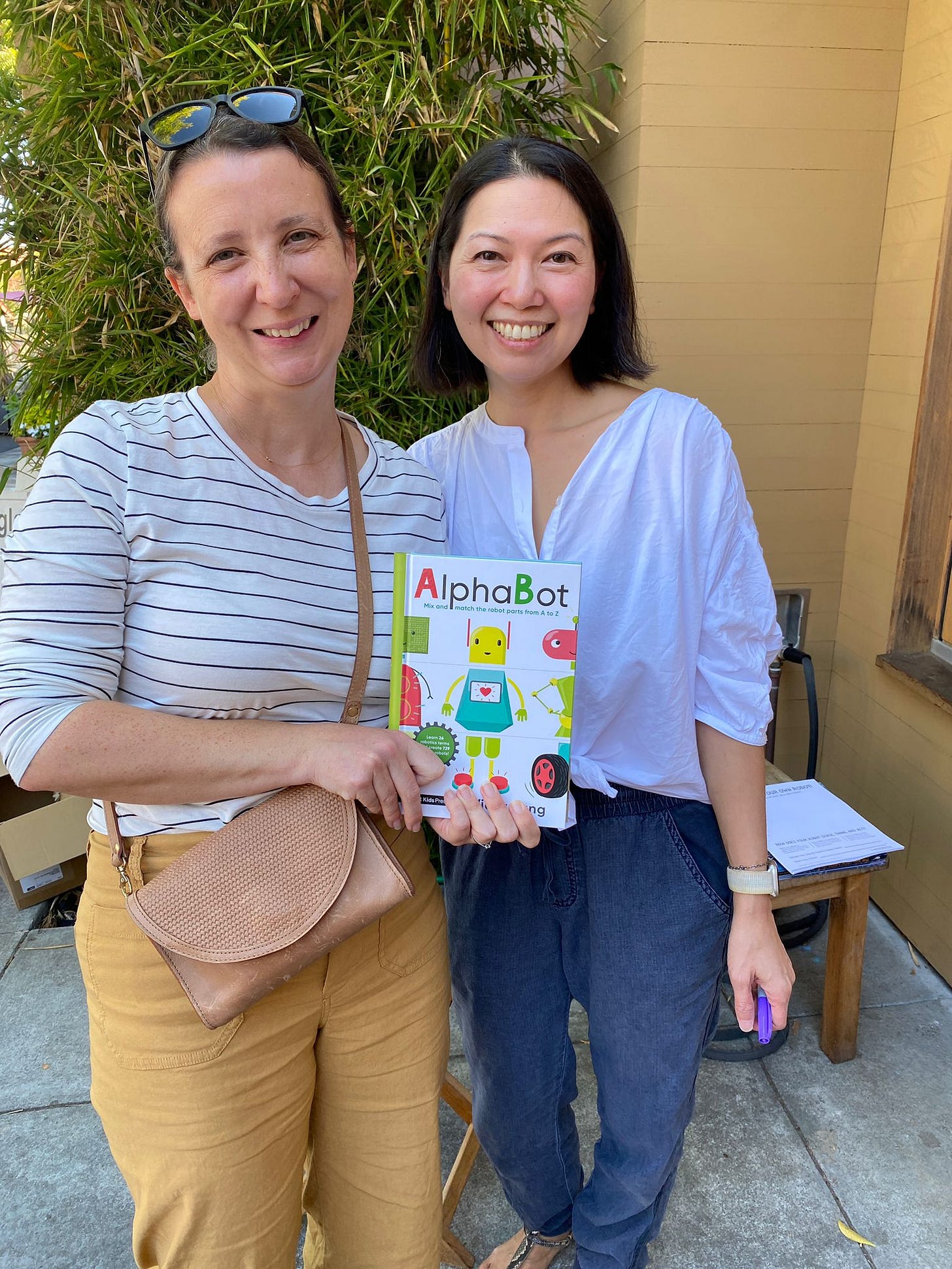
So cool and helpful!
Love seeing your process!! I just sold my first novelty book and I am so delighted! I also submitted via video and then had to send my actual dummy to the editor who eventually acquired. 🥰